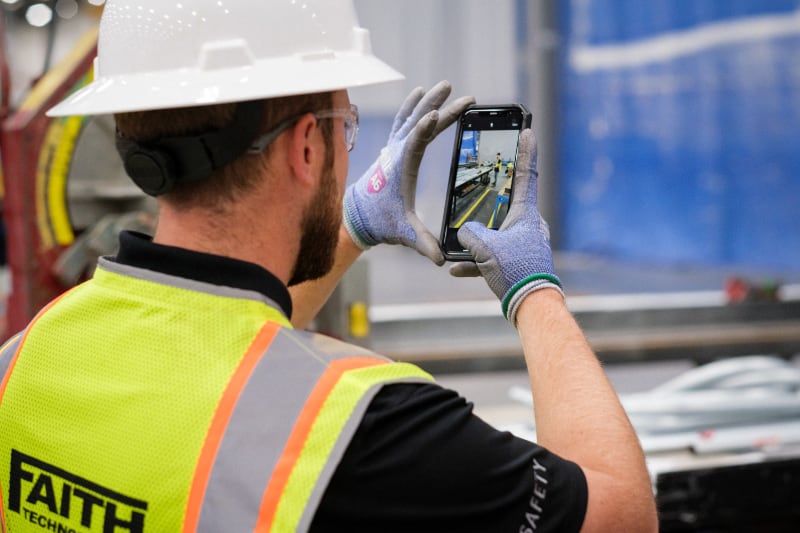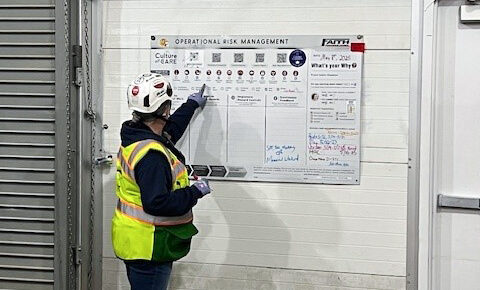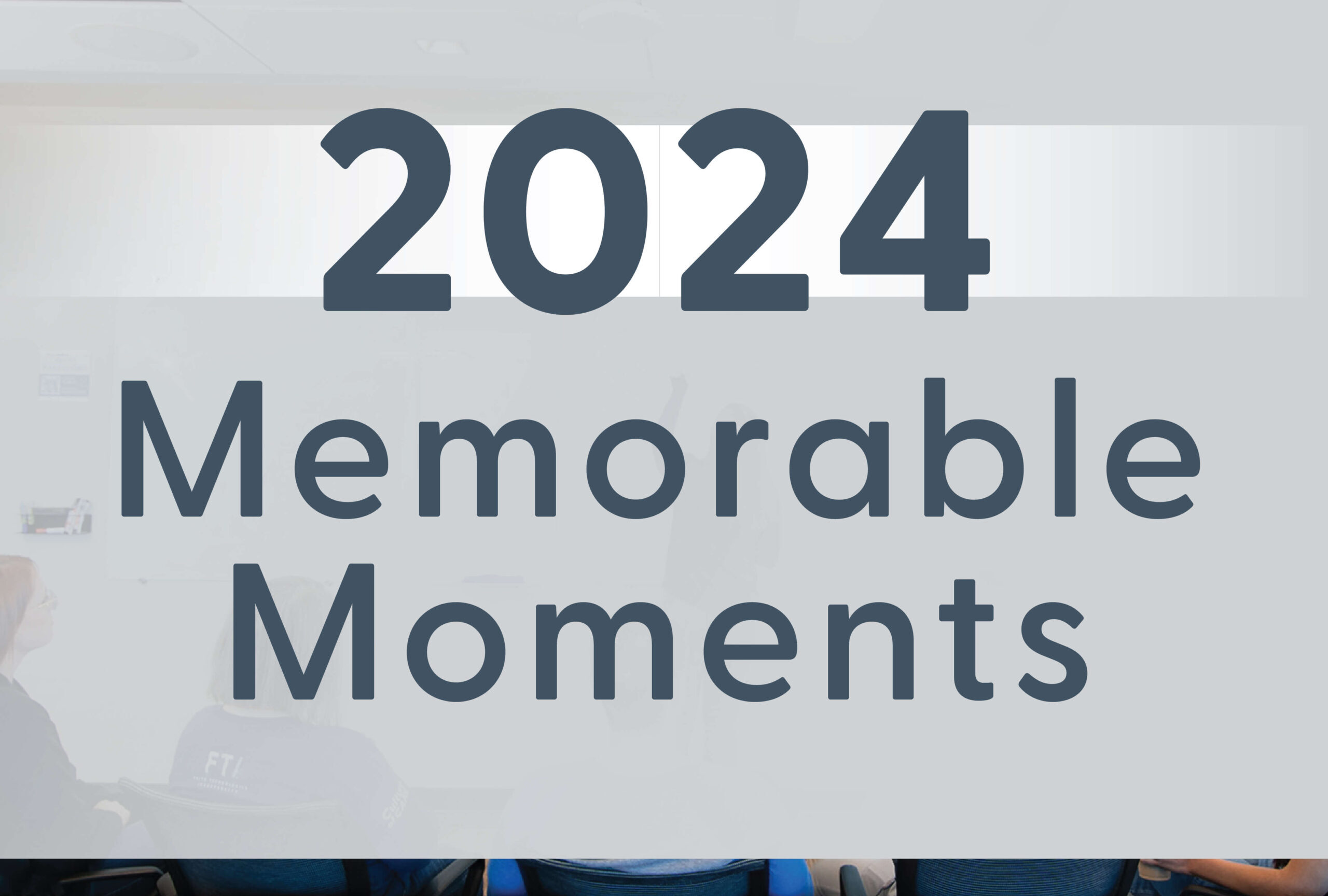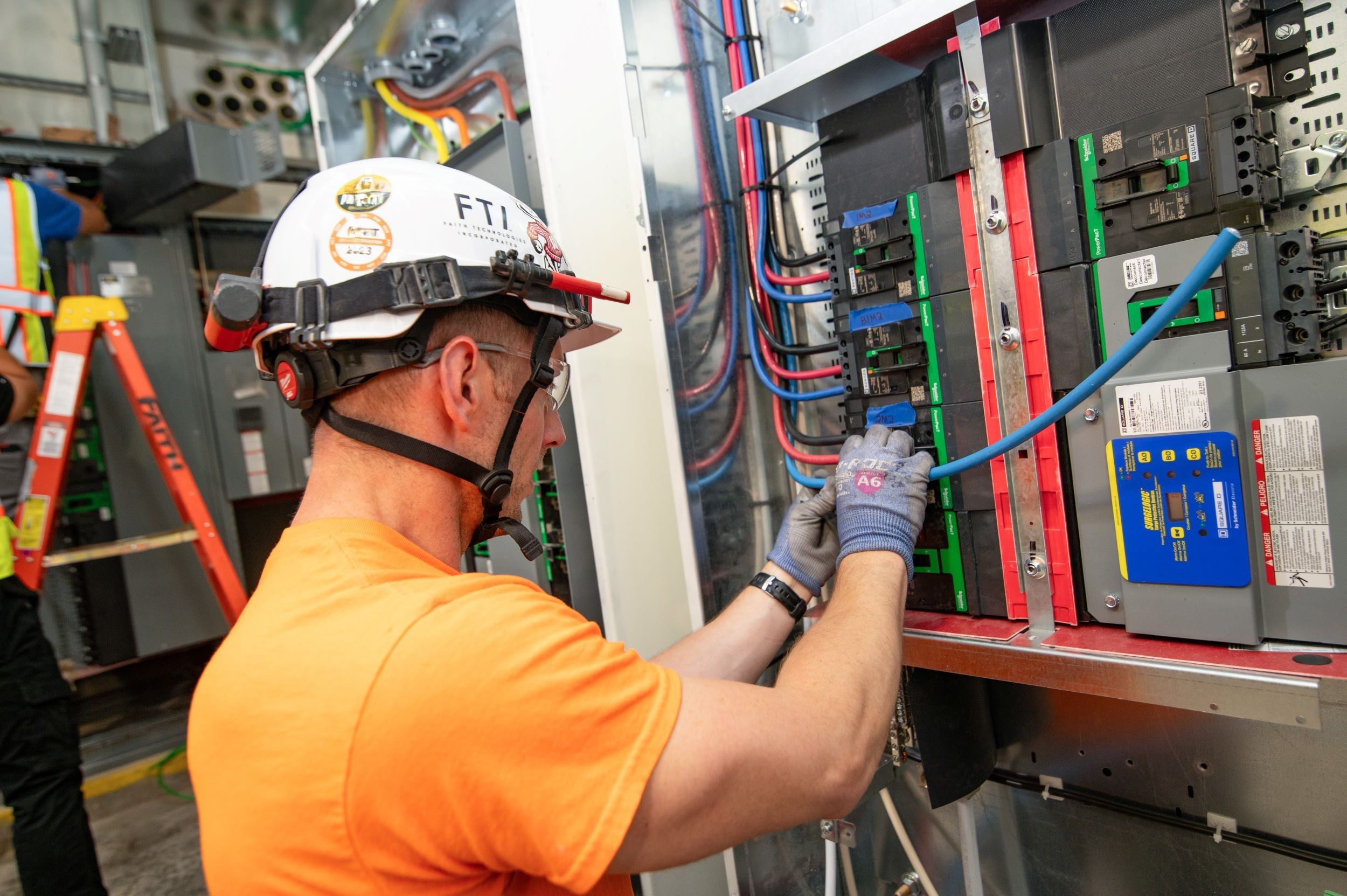
Safety audits are becoming a very common practice in the construction industry, but how effective are they at preventing hazards from becoming incidents? A thorough audit can help a company maintain compliance requirements, as well as collect data on employee hazard exposures. By analyzing trends that are being recorded during the auditing process, an organization can develop hazard controls as well as communicate common hazard exposure to all employees. This proactive approach to safety results in safer work environments for employees who work in a hazardous industry.
In 2019, FTI began using SafetyCulture auditing tools for collecting safety data on jobsites throughout the country. Since the inception of the program, FTI has performed more than 100,000 audits, averaging between 35,000 and 37,000 audits a year.
To ensure an effective safety audit program, the data needs to be collected, analyzed and communicated efficiently to identify trends and implement any necessary improvements. Here are some important things to keep in mind.
Collecting Data
- When creating audits, develop questions that are simple to comprehend. If there are multiple questions in one, it can be difficult for the auditor to understand specifically what is being observed and/or what the audit requirement is.
- Ensure that the answer selections are accurately collecting the hazards identified.
- Allow for auditors to write notes and take pictures, if possible, to add more value to the identified hazards in the audit.
Analyzing Data
- The more organized the safety data collection process is, the easier it is to analyze the data that is being provided.
- Identify the most common hazards, or “low hanging fruit,” that continue to be identified on the safety audits.
- Try to understand if the hazard is task, job or organizational specific and determine the best approach to eliminate or reduce the likelihood of the hazard becoming an incident.
Communicating Findings
- For employees to understand the safety trends being identified, they must know what the hazard is and how to control or eliminate it to ensure it doesn’t result in an incident. At FTI, we use emails, toolbox talks and/or scheduled safety meetings to reach team members across the organization.
- Employee engagement in the communication process ensures understanding of the materials provided.
At FTI, tying these three components of the audit process together has resulted in a significant reduction in workplace injuries. By incorporating a proactive approach to safety within our auditing program every day, we are able to identify, correct and communicate hazards before an employee gets hurt.
If you enjoyed this blog article, please subscribe to stay up to date on the latest industry news from our experts at FTI.










